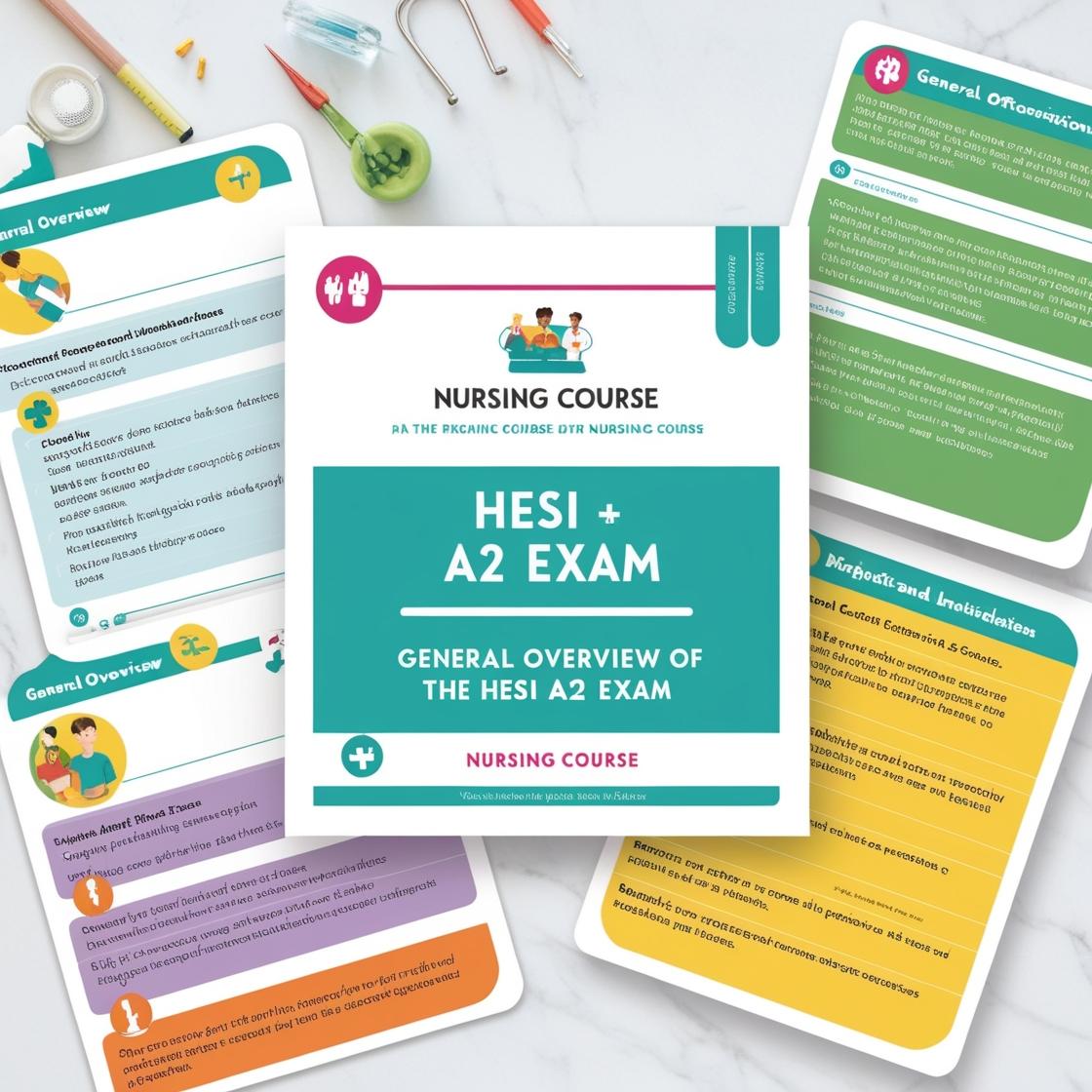HESI A2
HESI A2 Anatomy and Physiology Quizlet
1. Which organelle is responsible for generating energy within a cell?
- A. Nucleus
- B. Ribosome
- C. Mitochondria
- D. Golgi apparatus
Correct answer: C
Rationale: Mitochondria are commonly referred to as the powerhouses of the cell as they are primarily responsible for generating energy through cellular respiration. This process involves converting nutrients into adenosine triphosphate (ATP), which is the main energy currency of the cell. The nucleus is responsible for storing the cell's genetic material, the ribosome is involved in protein synthesis, and the Golgi apparatus is responsible for packaging and distributing molecules produced by the cell; therefore, they are not directly involved in energy generation.
2. What is the primary function of the skin in the integumentary system?
- A. Regulating body temperature
- B. Protecting the body from external damage
- C. Producing red blood cells
- D. Producing hormones
Correct answer: B
Rationale: The primary function of the skin in the integumentary system is to protect the body from external damage. The skin acts as a barrier against pathogens, UV radiation, and physical trauma. While the skin does help regulate body temperature by sweating and vasodilation, its main role is protection. Skin does not produce red blood cells; this is the function of the bone marrow. Hormones are primarily produced by endocrine glands, not the skin.
3. Which type of blood vessel carries oxygenated blood away from the heart?
- A. Veins
- B. Arteries
- C. Capillaries
- D. Lymphatic vessels
Correct answer: B
Rationale: Arteries are blood vessels that carry oxygenated blood away from the heart to supply tissues and organs with oxygen and nutrients. Veins carry deoxygenated blood back to the heart. Capillaries facilitate the exchange of nutrients and gases between the blood and tissues. Lymphatic vessels are part of the lymphatic system responsible for returning interstitial fluid to the bloodstream. Therefore, the correct answer is arteries as they carry oxygenated blood away from the heart.
4. What is the main component of the cell membrane?
- A. Proteins
- B. Carbohydrates
- C. Lipids
- D. Nucleic acids
Correct answer: C
Rationale: The main component of the cell membrane is the phospholipid bilayer, which is primarily composed of lipids. Lipids form a barrier that separates the interior of the cell from the external environment, providing structural integrity and regulating the passage of substances in and out of the cell. Proteins are also essential components of the cell membrane, serving various functions such as transport, signaling, and cell recognition. Carbohydrates are present in the form of glycoproteins and glycolipids on the cell membrane surface, contributing to cell-cell recognition. Nucleic acids are not a primary component of the cell membrane.
5. Which structure in the eye focuses light onto the retina?
- A. Cornea
- B. Lens
- C. Pupil
- D. Iris
Correct answer: B
Rationale: The lens of the eye is responsible for focusing light onto the retina. It plays a crucial role in adjusting the focus to allow for clear vision. After the light passes through the lens, it reaches the retina where it is converted into neural signals for the brain to interpret. The cornea is the transparent outer layer of the eye that helps in focusing light, but its main function is to protect the eye. The pupil is the opening in the center of the iris that regulates the amount of light entering the eye. The iris is the colored part of the eye that controls the size of the pupil.
Similar Questions

Access More Features
HESI A2 Basic
$99/ 30 days
- 3,000 Questions with answers
- 30 days access @ $99
HESI A2 Premium
$149.99/ 90 days
- Actual HESI A 2 Questions
- 3,000 questions with answers
- 90 days access @ $149.99
